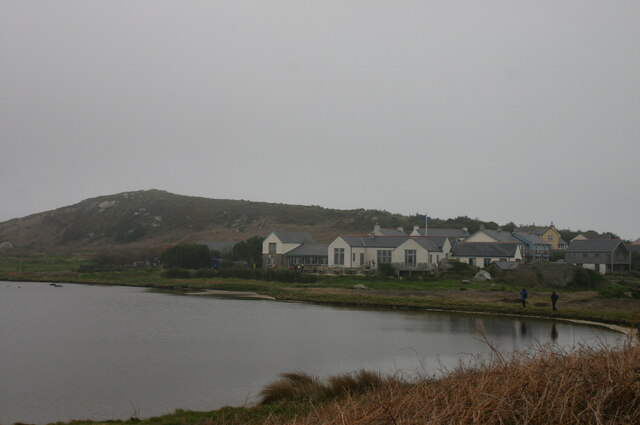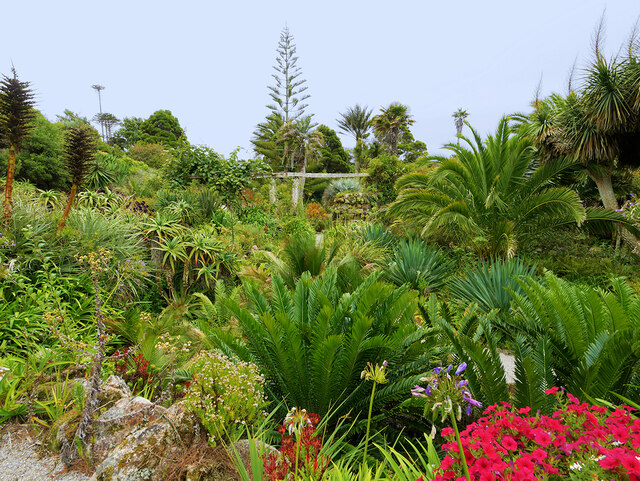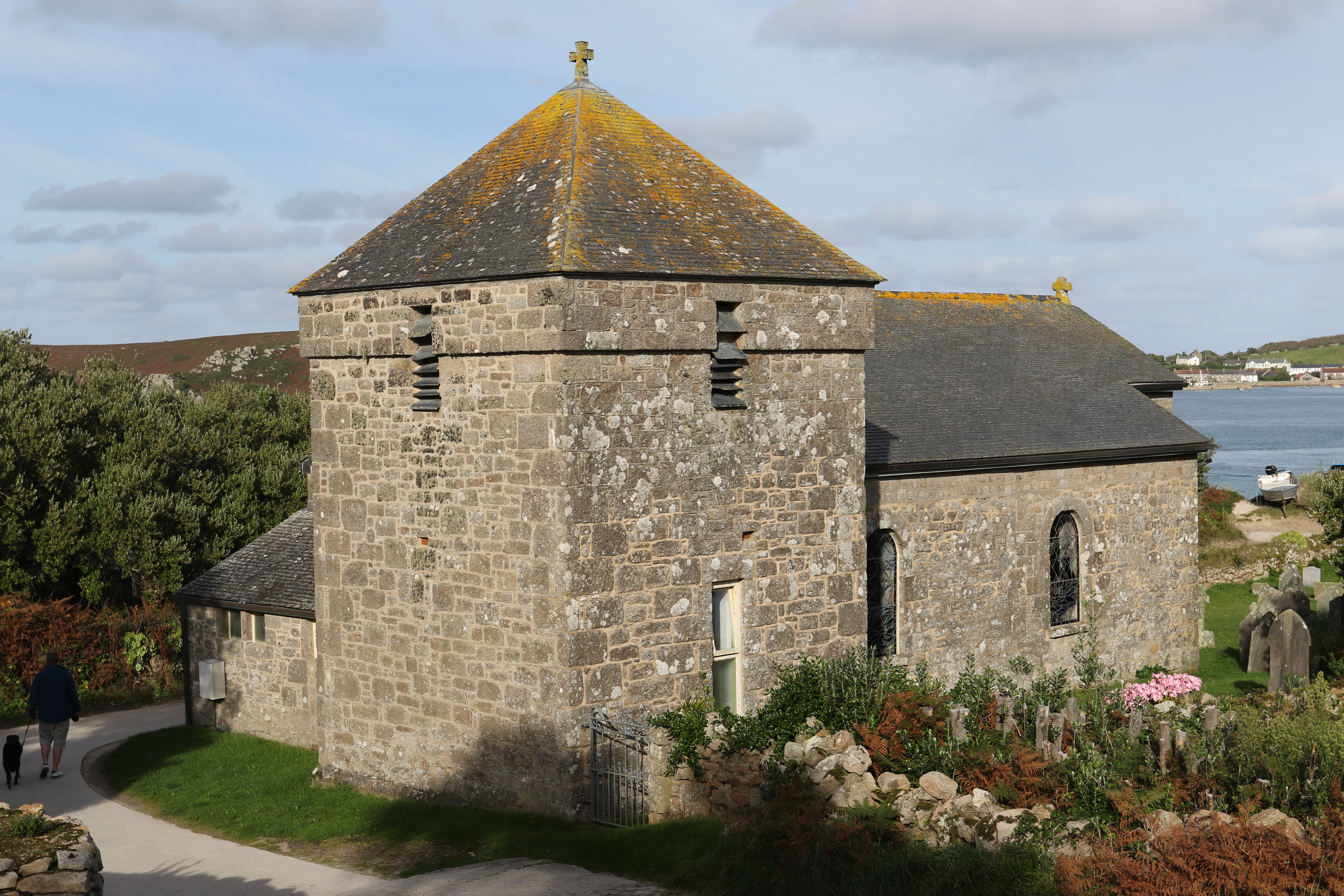Carn of Bars
Island in Cornwall
England
Carn of Bars

Carn of Bars is a small island located off the coast of Cornwall, England. Situated in the Atlantic Ocean, it is part of the Isles of Scilly archipelago. The island is known for its unique natural beauty and rich history.
Measuring just over 2 hectares in size, Carn of Bars is a rocky island characterized by rugged cliffs and rocky outcrops. It is uninhabited and lacks any permanent structures or amenities. The island's isolation and untouched landscapes make it a popular destination for nature enthusiasts and birdwatchers.
Carn of Bars is particularly renowned for its diverse birdlife. It serves as an important breeding ground for seabirds, including puffins, razorbills, and guillemots. The surrounding waters also attract various species of seabirds, such as gannets and shearwaters. These avian populations make the island a haven for birdwatchers who flock to the area during nesting season.
Access to Carn of Bars is limited due to its remote location, and visitors usually arrive by boat or by participating in guided tours. The island's rocky terrain and lack of amenities make it unsuitable for overnight stays, but day trips offer a chance to explore its natural wonders and observe the diverse birdlife.
Overall, Carn of Bars is a pristine and untouched island that provides a unique opportunity for visitors to experience the beauty of the natural world and witness the vibrant birdlife that inhabits this remote corner of Cornwall.
If you have any feedback on the listing, please let us know in the comments section below.
Carn of Bars Images
Images are sourced within 2km of 49.949872/-6.3595611 or Grid Reference SV8714. Thanks to Geograph Open Source API. All images are credited.













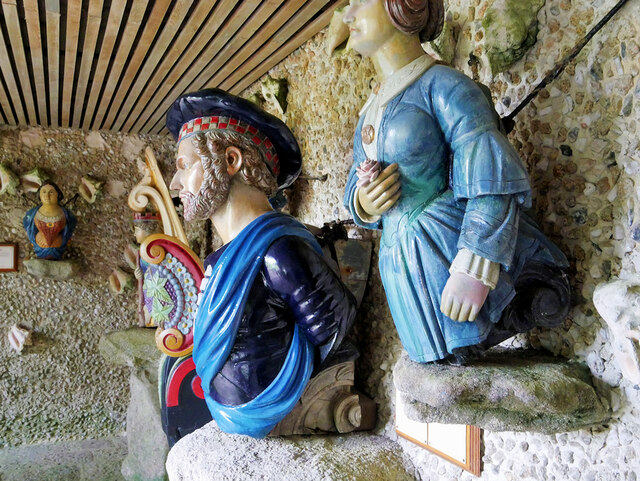
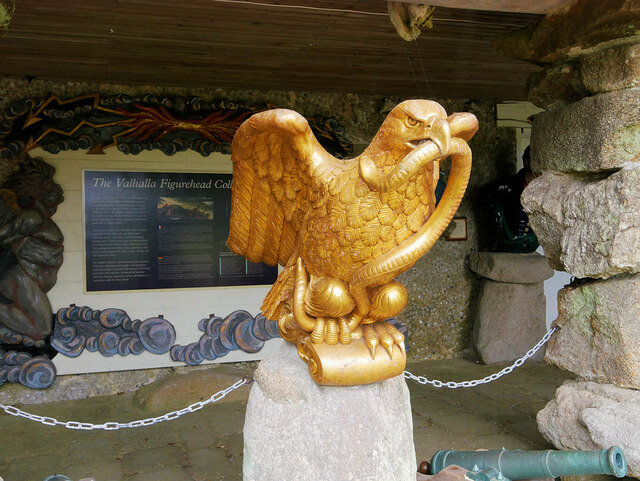
Carn of Bars is located at Grid Ref: SV8714 (Lat: 49.949872, Lng: -6.3595611)
Division: Isles of Scilly
Unitary Authority: Isles of Scilly
Police Authority: Devon and Cornwall
What 3 Words
///shifts.ramble.profile. Near Bryher, Isles of Scilly
Nearby Locations
Related Wikis
Bryher
Bryher (Cornish: Breyer, lit. 'place of hills') is one of the smallest inhabited islands of the Isles of Scilly, with a population of 84 in 2011, spread...
All Saints' Church, Bryher
All Saints' Church is a Grade II listed parish church in the Church of England located in Bryher, Isles of Scilly. == History == Bryher is the most westerly...
Gweal, Isles of Scilly
Gweal ( GWEEL; Cornish: Gwydhyel, lit. 'place of trees') is one of the Isles of Scilly. It is the largest of the seven Norrard Rocks due west of Bryher...
Norrard Rocks
The Norrard (Northern) Rocks are a group of small uninhabited granite rocks in the north–western part of the Isles of Scilly, to the west of Bryher and...
Related Videos
Whelmed: The One with Tresco
Join my day trip to Tresco, walking around the island and visiting the ruins.
A walk around Tresco - Walks Around Britain Shorts
A quick look at a fantastic short walk around one of the Isles of Scilly - Tresco. To see the OS map along with the walking route to ...
Nearby Amenities
Located within 500m of 49.949872,-6.3595611Have you been to Carn of Bars?
Leave your review of Carn of Bars below (or comments, questions and feedback).
